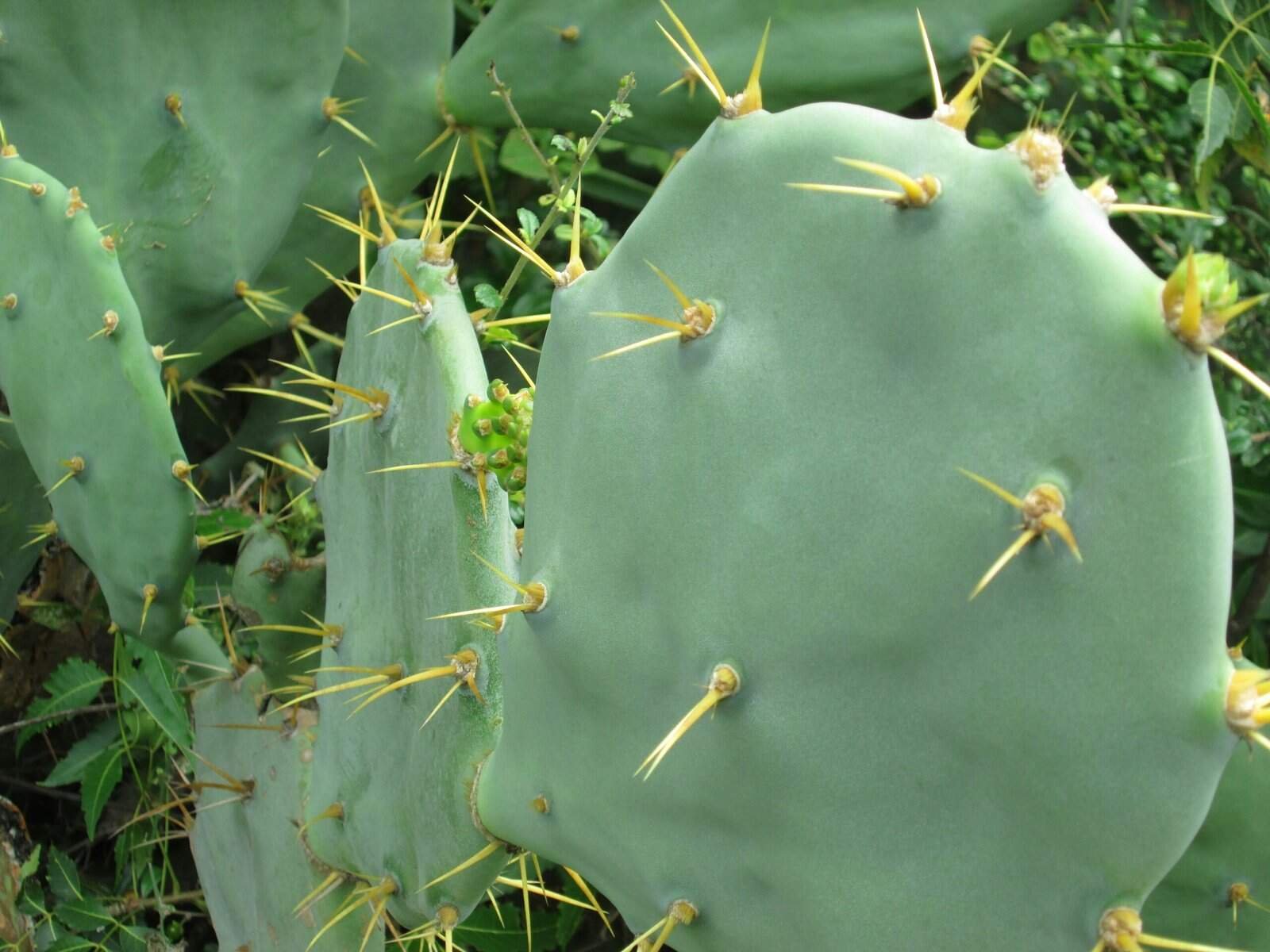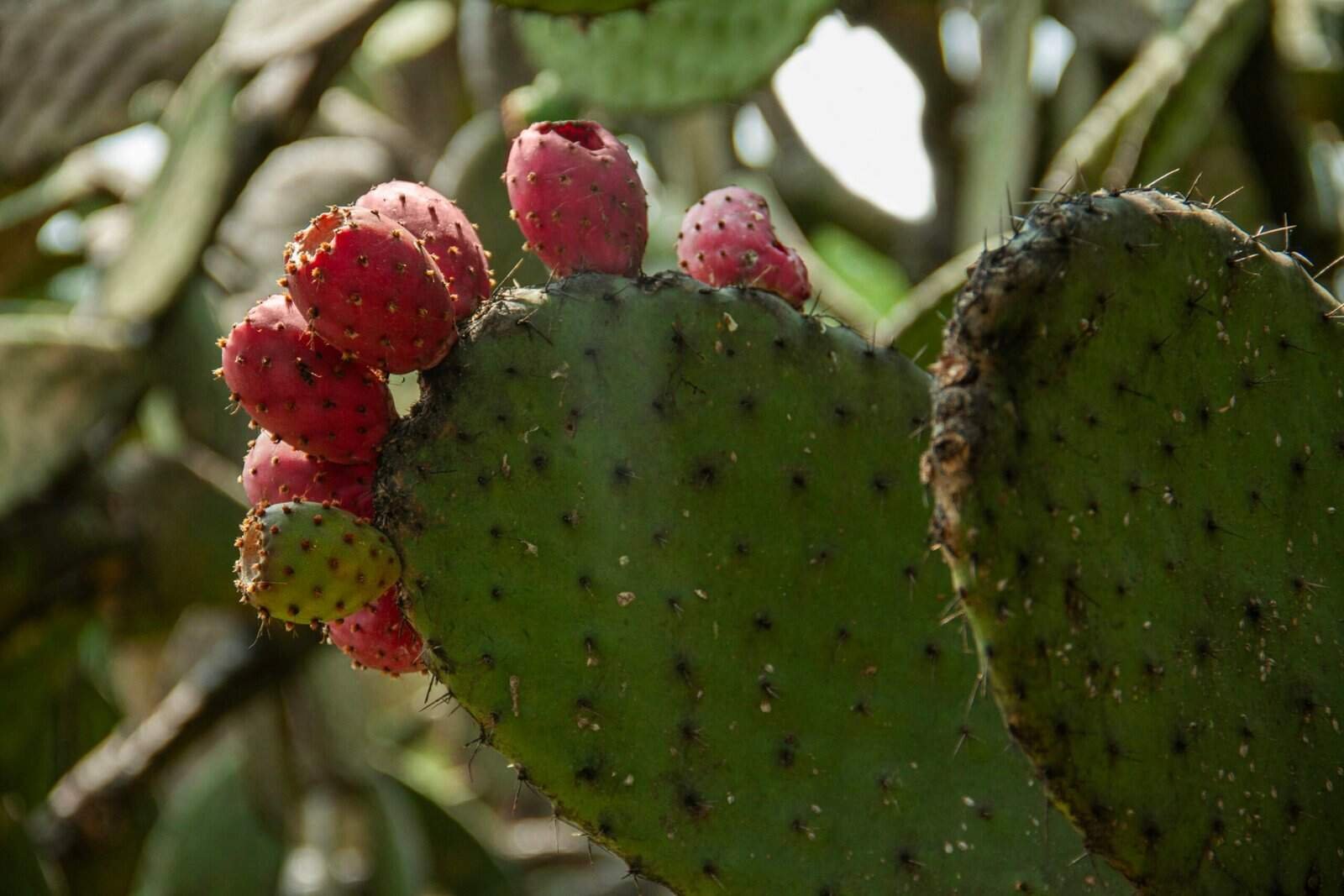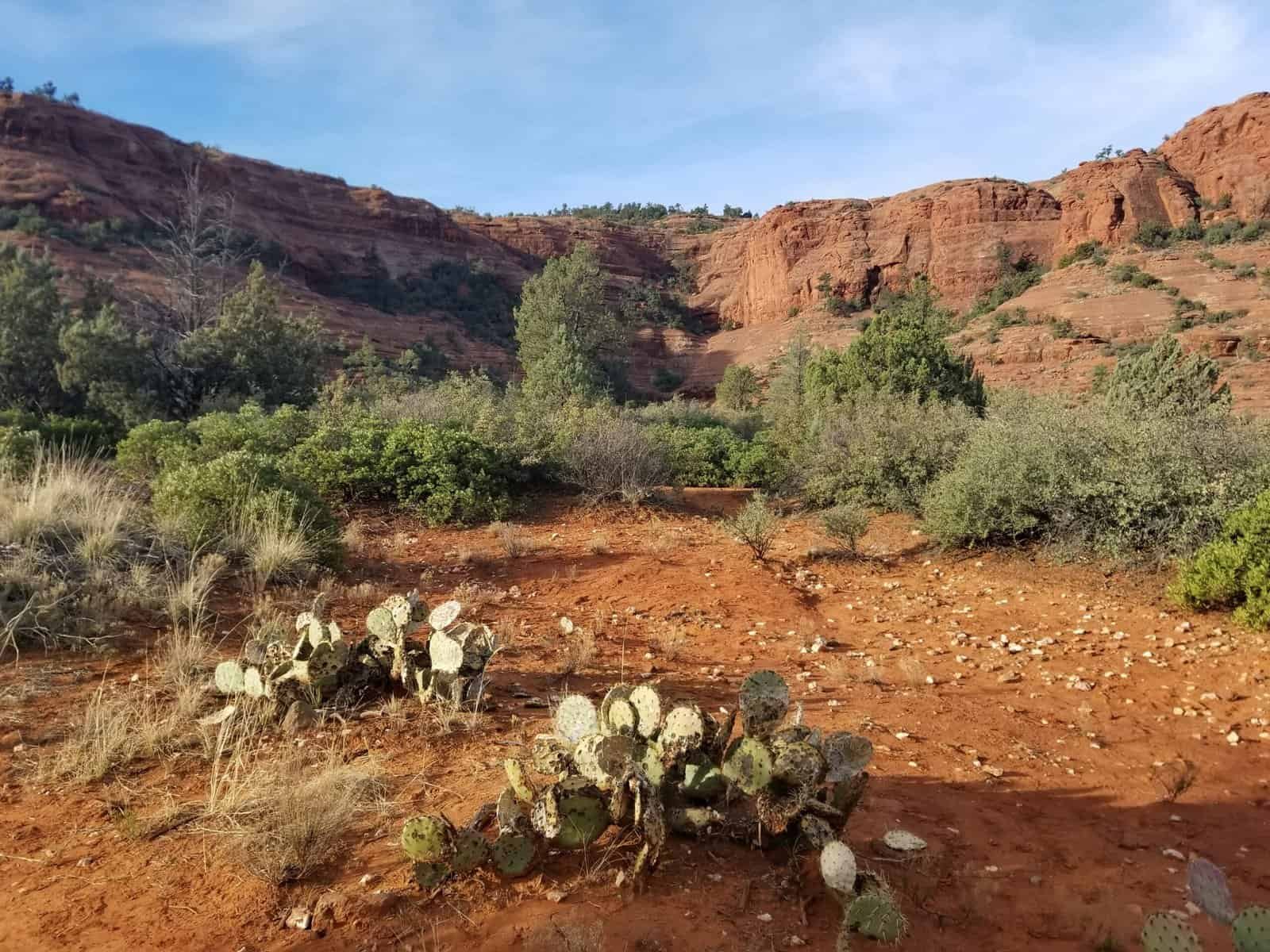Have you ever found yourself wondering how to manage the growth of your Nopal cactus? These unique plants can offer a wonderful addition to your garden, but they can also become a little overzealous if not properly maintained. Fortunately, there are several ways to control their growth effectively.

Understanding the Nopal Cactus
Before you can effectively manage the growth of your Nopal cactus, it’s important to understand what makes this plant unique. Nopal cacti, also known as prickly pear cacti, belong to the family Cactaceae and are native to the Americas. They are characterized by their flat, paddle-like stems (known as cladodes) and vibrant flowers which eventually produce fruit.
The Basics of Nopal Cactus Growth
Nopal cacti are hardy plants that thrive in desert conditions. They have adapted to survive with minimal water, which makes them excellent candidates for xeriscaping—a type of gardening that reduces or eliminates the need for irrigation. Their growth can be rapid if these conditions are ideal, which means they can take over if not kept in check.
Common Varieties
There are several varieties of Nopal cacti, each with its own set of characteristics. While some varieties grow only a few feet in height, others can expand significantly both in height and breadth. Here’s a quick look at some of the common types:
| Variety Name | Characteristics |
|---|---|
| Opuntia ficus-indica | Known for its large size and edible pads and fruits |
| Opuntia microdasys | Characterized by its small size and fine glochids (tiny spines) |
| Opuntia engelmannii | Commonly found in the southwestern United States, known for its resilience |
Understanding these varieties will help you decide the best approach to managing your cactus plants.
Why Control the Growth?
While a Nopal cactus is certainly a beautiful addition to any garden, its rapid growth can become a concern. Unchecked growth can lead to several issues:
Space Domination: Nopal cacti can easily take over garden space, crowding out neighboring plants and potentially disrupting the ecosystem.
Maintenance Challenges: An overgrown cactus can be challenging to prune and manage, making routine maintenance cumbersome.
Pest Attraction: Larger cacti can attract harmful pests, like scale insects, which can endanger the health of your plant.
Controlling its growth ensures that your Nopal cactus continues to be an attractive and manageable part of your outdoor space.

Practical Techniques to Control Growth
Now that you’re familiar with the need to keep your Nopal cactus in check, you can explore practical techniques to do just that. The following sections provide detailed insights into how you can manage this effectively.
Pruning Methods
Regular pruning is the most effective way to control the size and spread of your Nopal cactus. Here’s how you can do it:
Tools You’ll Need
- Long-handled pruning shears: These allow you to maintain a safe distance from the plant to avoid its spines.
- Thick gardening gloves: Protects your hands from possible injuries caused by the cactus’ spines.
- Protective eyewear: Safeguards your eyes from fine glochids or accidental scrapes.
When pruning, focus on removing dead or damaged sections first. This will encourage healthier growth patterns. Ensure all cuts are clean to reduce the risk of disease.
Techniques
- Topping: Cut vertical growth to maintain a desired height. This will prevent the cactus from overshadowing other plants.
- Thin Out Pads: Remove excess pads to limit outward growth. It improves air circulation, reducing the risk of rot and disease.
- Remove Smaller Offshoots: Focus on the main structure and remove smaller growths, which can sap energy from the rest of the plant.
Nutrient Management
Adjusting the type and amount of nutrients your cactus receives can also control its growth. Unlike other plants, Nopal cacti don’t thrive on rich soil and constant feeding. Here’s how you can manage nutrients effectively:
- Soil: Use well-draining soil specifically designed for cacti. It limits the accumulation of excess nutrients.
- Fertilizer: Apply a balanced, diluted fertilizer sparingly during the growing season. Avoid heavy feeding as it encourages unwanted growth surges.
Watering Practices
Water management is crucial in controlling your cactus’s growth. Despite their hardy nature, Nopal cacti can suffer from overwatering, which can lead to excessive growth or root rot.
Effective Watering Tips
- Frequency: Water sparingly, allowing the soil to dry out completely between waterings. Overwatering disrupts the growth balance.
- Method: Use a drip irrigation system to avoid splashing the pads, which can cause disease.
- Seasonal Adjustments: Reduce watering in colder months when the cactus is not actively growing.
Environmental Control
Managing the environment around your Nopal cactus can naturally check its growth without extreme intervention. Positioning and climate have significant influences on the plant.
- Sunlight: While Nopal cacti love sun, controlling exposure can prevent overgrowth. Ideal light conditions are around six hours of direct sunlight per day.
- Spacing: Planting them with ample space allows each cactus to grow healthily without competing for resources.
Propagation Management
Nopal cacti propagate easily, which can lead to rapid growth if not controlled. Managing propagation involves dealing with fallen pads and dealing with unintended growth effectively.
- Pad Removal: Regularly remove fallen pads as they can re-root and create new plants, leading to overcrowding.
- Intentional Propagation: If you do wish to propagate, do so strategically by selecting healthy, mature pads and ensuring you have the resources and space to accommodate new growth.

Dealing with Overgrown Nopal Cactus
Sometimes, despite best efforts, a Nopal cactus can still grow beyond its intended bounds. If you find yourself in this situation, here’s how you can manage it:
Drastic Pruning
When dealing with an overgrown cactus, a more severe prune may be required to restore order and allow new, controlled growth. This process involves significantly reducing the cactus’s size by cutting back multiple stems. This method should be a last resort as it can stress the plant if repeated too often.
Transplanting
If a Nopal cactus becomes too large for its current location or for your garden’s aesthetic, consider transplanting it to a more suitable area.
Steps for Transplanting
- Preparation: Choose a new location with appropriate sunlight and space.
- Digging Out: Carefully dig around the base of the cactus, maintaining a substantial root ball.
- Replanting: Place it in the new location, fill with cactus mix, and water sparingly until established.
Hiring Professionals
In cases where the cactus’s size is unwieldy, it can be worthwhile to enlist the help of professionals. They have experience and equipment necessary for handling large cacti without causing damage or harm.

Sustainable Practices
Sustainable practices ensure your Nopal cactus remains a vibrant and controlled part of your environment, with minimal impact on surrounding ecosystems.
Composting Pruned Material
Instead of discarding pruned pads and stems, consider adding them to a compost pile. As cactus material decomposes, it enriches your compost with nutrients that can benefit other garden plants.
Natural Pest Management
By controlling growth, you naturally reduce the risk of pests. However, if pests do become a problem, consider non-chemical measures such as introducing beneficial insects or using neem oil, which offers a natural solution.

Conclusion
Growing and controlling the Nopal cactus in your garden is a rewarding endeavor when approached with care and knowledge. By understanding your cactus’s needs and characteristics, you can effectively manage its growth, keeping your garden a harmonious space where all plants thrive. Whether through regular pruning, nutrient management, or environmental control, these strategies will keep your Nopal cactus healthy and under control. Enjoy maintaining your unique and beautiful garden, one well-trimmed pad at a time!

